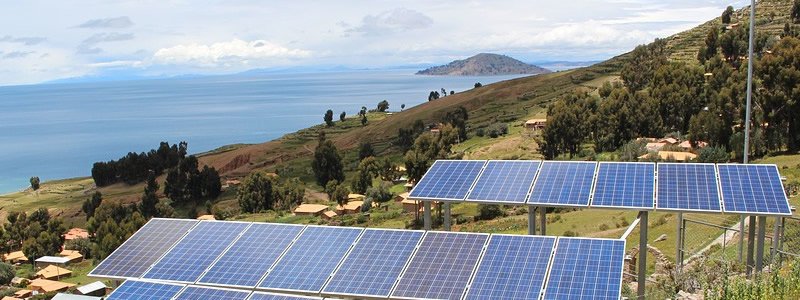
BNEF, which defines distributed-generation solar projects as installations below 1MW in size, says investments in small-scale solar projects in Japan soared 13% on the year in 2015 to $31.7bn, compared to just $8.7bn in the US market.
It expects Japan to install between 8.9GW to 11.2GW (DC) of PV capacity in 2016.
Projects between 10kW and 1MW in size will likely account for about 4.1GW to 5.1GW of its full-year forecast. It says that the bulk of that capacity will be ground-mounted projects, with residential PV installations to account for 1GW to 1.2GW of its 2016 outlook. BNEF expects growth in commercial/industrial rooftop PV to remain “limited” over the next few years.
However, it believes that the extension of the clean energy tax break for solar arrays above 10kW in size —reserved for projects that are not subsidized by Japan’s feed-in tariff (FIT) — could drive the deployment of commercial and industrial rooftop PV to a certain extent in the coming years.
Nonetheless, it says that the nation’s residential PV segment will expand to a 1.8GW-2.3GW market in 2017 and up to 3.5GW in 2018, even as annual installations start to fall at the utility scale.
The liberalization of the retail electricity market and Japan’s generous FIT — currently set at ¥24 yen/kWh ($0.22) over 20 years for projects above 10kW in size and ¥31-33/kWh for installations under 10kW — will help to drive development of residential rooftop PV in the coming years.
Atsuhiko Hirano, CEO of thin-film PV specialist Solar Frontier, argues that the dynamics of the utility-scale solar market have changed, forcing companies to increasingly compete on cost, technological innovation and corporate ingenuity to thrive, especially after auctions are introduced from April 2017.
The Japanese government’s Zero Energy House (ZEH) policy — introduced two years ago to eliminate net primary energy consumption in all newly built homes by 2030 — will also encourage residential demand. “They’ve set quite an aggressive goal,” says Yutaka Yamamoto, president of Canadian Solar Japan. “To achieve the ZEH targets, PV will probably be a necessary component. Without PV, it will be very difficult to implement ZEH solutions.”
Japanese module suppliers have had an early advantage in forging partnerships with homebuilders such as Sekisui House and Toyota Home — a strategically important way to flourish in the residential PV market under the government’s ZEH policy.
But companies need to go beyond simply supplying PV modules to win in the residential space, as the ZEH targets is driving demand for comprehensive solar energy solutions, as well as Home Energy Management Systems (HEMS).
This new emphasis on solutions over module supply, coupled with growing residential demand, tends to favour trusted domestic brands. But non-Japanese suppliers can compete by taking balance of system (BoS) into consideration, according to Yamamoto.
“Selling modules is relatively easy. But making a solutions package, you have to know the specifications of Japanese homes, you have to know the end users’ preferences and budget. There are a lot of factors that you have to take into consideration,” he explains. “It’s an invisible barrier to entry for foreign companies — it’s quite complicated.”
Packaged solutions will be a key element of Hanwha Q Cells’ growing focus on the residential market, according to Shin Don-in, a marketing official for the Seoul-based manufacturer.
Foreign suppliers also need to catch up to their Japanese competitors in establishing strong sales channels with domestic installers.
Thanks to subsidy support, roughly 50,000 installed residential PV systems in Japan already include storage technologies, according to BNEF.
Thus far, very little storage capacity has been paired with commercial and industrial rooftop projects in Japan, according to BNEF. But it believes that the commercial and industrial PV segments will start growing at a faster rate from 2019.
“There is currently not much of a market (for pairing storage with industrial and commercial PV arrays),” says analyst Ali Izadi-Najafabadi. “Going forward, electricity retail market deregulation as well as changes to the FiT program will drive greater uptake of PV+storage in the residential segment first (given the higher electricity retail tariffs for residential). And then once prices for storage come down, the commercial and industrial market will open up.”
